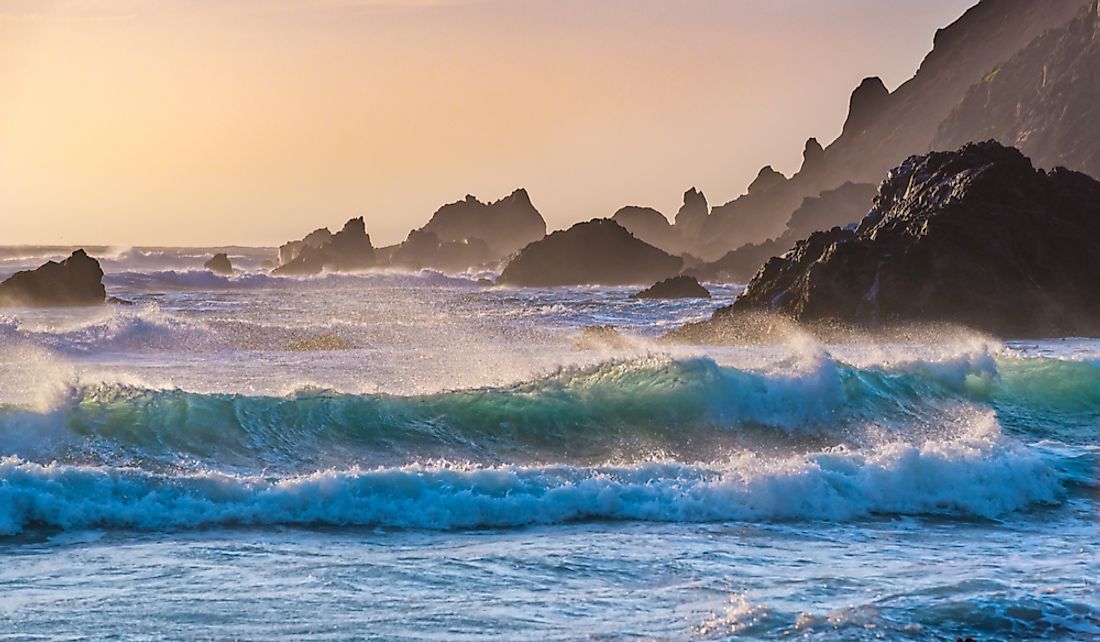What Is A Sneaker Wave?

A sneaker wave is a wave that is extremely large and usually appears unexpectedly. It can also be termed as a king wave or sleeper wave. These waves are coastal waves that are unexpectedly larger than the previous waves. Sleeper waves are called so because they are sneaky and appear with no warning after periods of smaller waves; pauses that last ten to twenty minutes. They often sweep unsuspecting swimmers out of the sea since they appear unexpectedly. They are also known to carry people standing or walking on the beach into the sea.
When and Where Sneaker Waves Occur
Sneaker waves have been reported and warned about along the Pacific Coast, including Oregon, the coasts of northern California, and Washington. Sneaker waves are also experienced in Canada and Iceland. It is believed that these waves tend to occur along rocky shorelines where there is a deep and sharp drop off the seashore. Sneaker waves have no official season of occurrence, but in Oregon, there is an undisputable seasonal trend. Since 1990, all major sneaker waves take place between October and April but hit the highest pointing in November and March.
Sneaker Wave Fatalities
On January 9, 2017, a fatal accident occurred when sneaker waves carried away a German woman at Kirkjufjara beach in Iceland. In 2007, an American woman was also swept away into the sea by a sneaker wave at the same beach.
In California and Oregon, sneaker waves have caused more than two dozen mortalities since 2005. The National Weather Service (NWS) has issued statements on the dangers of sneaker waves.
Possible Causes Of Sneaker Waves
According to Troy Nicolini, a meteorologist in NWS and an oceanographer in Northwestern California, waves are produced by low-pressure storms in the Gulf of Alaska. Nicolini believes that surges are formed from strong winds that move their energy to the ocean surface. Those surges are bands of energy moving through the water, and some travel faster than others hence causing disaster. If a surge catches up with another and they intersect, their energies are connected, and the surges grow in strength and height causing sneaker waves.
Researchers, however, are not sure how they are formed, but it is perceived that they form because of many waves moving at a similar speed combining and overlapping to produce a wave that is taller and travels much farther on shore.
Differences Between Sneaker Waves and Rogue Waves
While sneaker waves occur on the shoreline, rogue waves occur in open water. Rogue waves are often likened to an unexpected wall of water and can be disastrous to unsuspecting sailors. Rogue waves sometimes appear from the opposite direction as the other waves.











